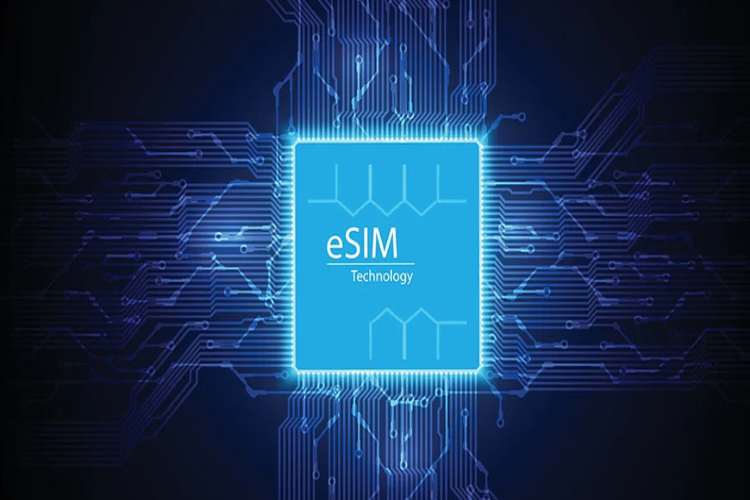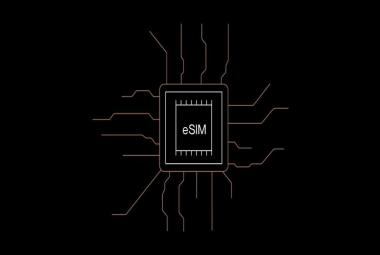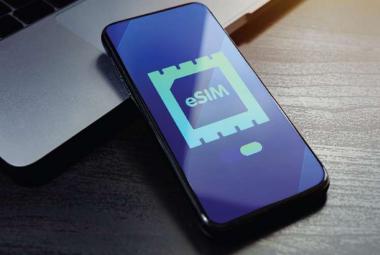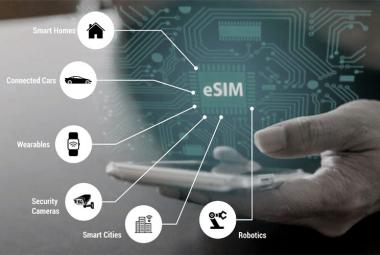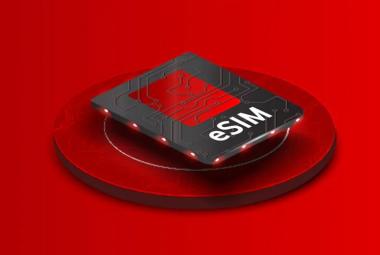The eSIM penetration in the rest of the world is much higher than in China but the large IoT base in China brings the overall global eSIM penetration to less than 10%
A new survey report by Counterpoint Research has now mentioned that by the end of 2030 eSIMs equipped with IoT connections are anticipated to augment at a fast pace of 43 percent yearly to reach around 2.2 billion. By that year, more than two-folds of connections will be on eSIM or iSIM. The researchers also added that in the IoT segment, the growth of eSIM was not growing in the consumer ecosystem because of M2M eSIM specifications restrictions.
This is why towards the end of 2023, there were less than 200 billion eSIM connections in the IoT ecosystem in spite of tremendous growth opportunities. Speaking of the growth, Associate Director Mohit Agrawal said, "China, the world’s largest IoT market, has low single-digit eSIM penetration due to restrictive regulations around eSIM in the past and the high proportion of LPWA devices which currently do not support eSIM. The eSIM penetration in the rest of the world is much higher than in China but the large IoT base in China brings the overall global eSIM penetration to less than 10%.”
The global eSIM landscape continued to expand rapidly in 2023, after reaching an inflection point in 2022. Close to half a billion eSIM-capable devices were shipped in 2023. Operator support for eSIM also continued to grow and now more than 350 operators globally support eSIM. Consumer eSIM devices showed maximum growth while the number of IoT-M2M devices (including automotive) with eSIM support remained stable as the industry awaits implementation of SGP.31/32 standards.
Commenting on the eSIM forecast, Senior Research Analyst Ankit Malhotra said, “The new GSMA standards for IoT eSIM (SGD.31/32) are expected to bring the eSIM to constrained devices, which is likely to massively push the growth in eSIM and later iSIM. eSIM vendors and IoT connectivity providers have multiple proof of concepts on the new IoT eSIM standards and the big push is likely to happen next year after the test specifications are released by GSMA later this year. The early adopters of eSIM in IoT have been mostly automotive customers as the enterprises have not really been able to change the connectivity provider at will.”






